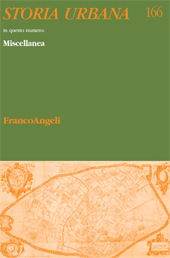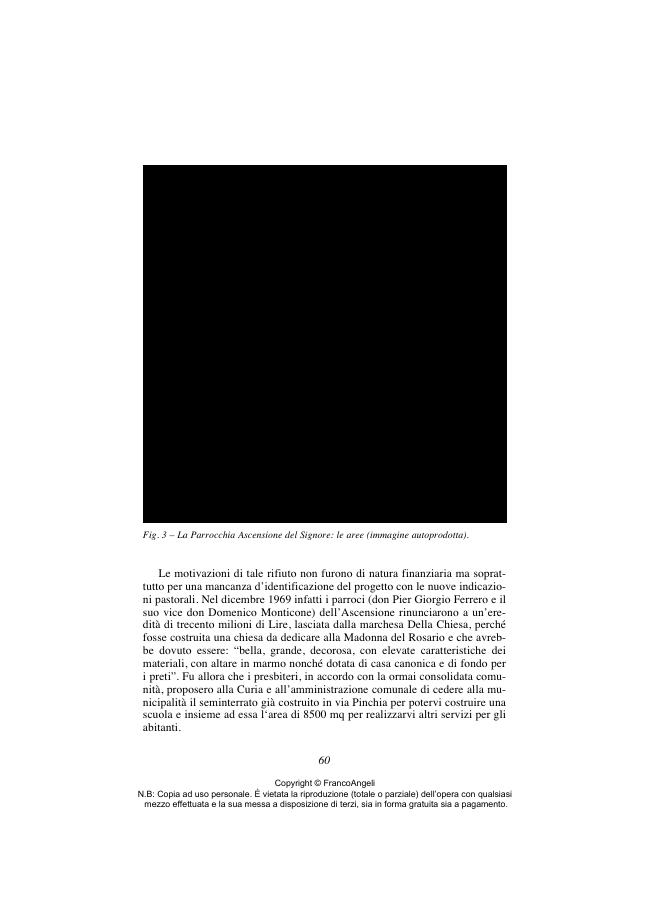Torino : chiesa, quartiere, città : l'influenza urbana di una parrocchia locale fra '70 e '80.
P. 49-70
Oggi l'idea di quartiere sembra ormai aver perso quella valenza concettuale, fisica ed amministrativa, utile a interpretare una consistenza sociale specifica e pure a descrivere un ordine spaziale tradizionale omogeneo. Tuttavia, sembra permanere un certo desiderio di identificazione fra comunità locale e territorio, quanto meno in relazione a processi di riconoscimento frutto di un reiterarsi di azioni collettive nello stesso luogo. Come già altri studiosi hanno osservato ‘la centralità della dimensione pratica' dà luogo a grumi di socialità in grado di definire addensamenti spaziali. Ma quali spazi hanno davvero (avuto) la capacità di suggerire nuove configurazioni? Quanti e quali di questi sono/sono stati davvero in grado di incidere sugli assetti urbani del quartiere e della città?
Il Novecento è certamente stato uno dei momenti centrali nei quali l'idea di quartiere si è evoluta e molti dei luoghi che allora caratterizzavano quei sistemi urbani hanno mantenuto, almeno nel senso comune, una certa rilevanza per l'identificazione degli stessi. La storia di alcuni di questi luoghi rivela non solo una loro importanza nei processi di riconoscimento collettivi ma anche una reale capacità di incidere sugli assetti urbani locali e talora perfino della città. La vicenda presentata si inserisce in questo contesto e intreccia politiche pubbliche e vita collettiva di alcuni dei suoi abitanti con i cambiamenti che la Chiesa Cattolica stava affrontando in quegli anni. [Testo dell'editore]
Today the idea of neighborhood seems to have lost the conceptual, physical and administrative value useful to understand a specific social consistency and also to describe a traditional homogeneous spatial order. However, it seems to be left a certain desire of identification between the local community and the territory, at least in connection to recognition processes coming from the reiteration of collective actions in the same place. As other scholars have already suggested, "the centrality of the practical dimension" promotes the rise of sociality aggregations able to define new spatial lumps. But what spaces have really (had) the ability to suggest new configurations? How many and which ones of these are / have been really able to affect the urban settings of the neighborhood and of the city?
The twentieth century has certainly been one of the central moments in which the idea of neighborhood has evolved and many of the places that, at that time, characterized those urban systems have maintained, at least in the common sense, a certain relevance for their identification. The history of some of these places reveals not only their relevance in the processes of collective recognition but also a real ability to affect local and sometimes even urban city structures. The presented story fits into this context and intertwines public policies and the collective life of some of its inhabitants with the changes that the Catholic Church was facing in those years. [Publisher's text]
-
Articoli dello stesso fascicolo (disponibili singolarmente)
-
Informazioni
Codice DOI: 10.3280/SU2020-166003
ISSN: 1972-5523
PAROLE CHIAVE
- Quartiere, Chiesa Comunità locale, Pratiche
- Neighborhood, Church, local community, practices



